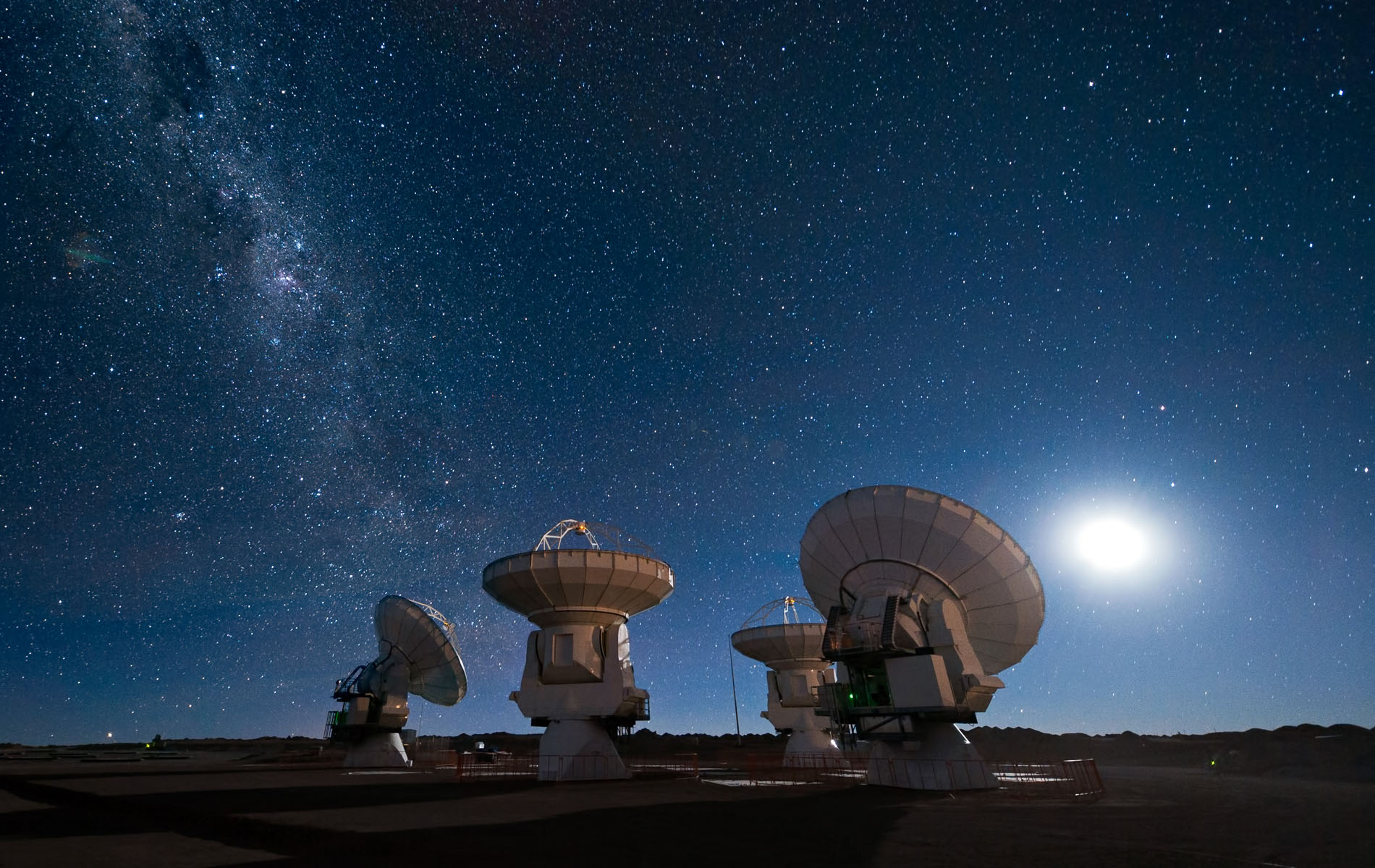A red giant star in the final stages of its existence has been caught emitting strange smoke-like rings for the first time.
The star is located some 1,300 light-years from Earth. That is a star that has reached the final stage of its red giant phase before collapsing into a white dwarf.
Calculating the behavior of stars in the final stages of a stellar death process helps astronomy.
Astronomers have known for a long time that stars in this phase expel material from their cores.
A team of scientists from the Jet Propulsion Laboratory in California and the University of California, Los Angeles looked at V Hydrae using the ALMA and the Hubble Space Telescope.
They discovered that the star is releasing six discs and two structures of matter from its interior, which is at this stage known to release helium into carbon.
During the regular phase of their lives, stars use hydrogen and helium. When hydrogen runs out, the red giant phase begins, with the star burning helium and producing carbon. In the AGB phase, stars are gradually running through their helium reserves, and that seems to be happening to V Hydrae.
The traditional model of how AGB stars die through the mass ejection of fuel is at best, incomplete, or at worst incorrect according to our study.
Mark Morris of the University of California, Los Angeles said that he and his co-author were surprised that V Hydrae was blowing out smoke rings instead of just a gaseous atmosphere.
This finding would have high relevance, given that more than 90% of stars with a mass of the sun eventually become AGBs as they lose the ability to generate energy through nuclear fusion.
The end state of stellar evolution is a complex process that is not well understood.
The discovery that this process can involve the ejections of rings of gas, simultaneous with the production of high-speed, intermittent jets of material, brings a new and fascinating twist to our exploration of how stars die.

The clouds and structure were moving at half a million mph.
Astronomers have seen the hourglass-like clouds before in stars, like within the Southern Crab Nebula.
Scientists believe that some of the strange behavior of V Hydrae may have something to do with a companion star, which has not been confirmed.
V Hydrae is more and more like a circus, characterized by an even bigger variety of impressive feats, because it has impressed us with its multiple rings and acts.
The Astrophysical Journal published a study based on the research. The pre-print server arXiv has a draft version.
Follow Elizabeth on social media. Follow us on social media.